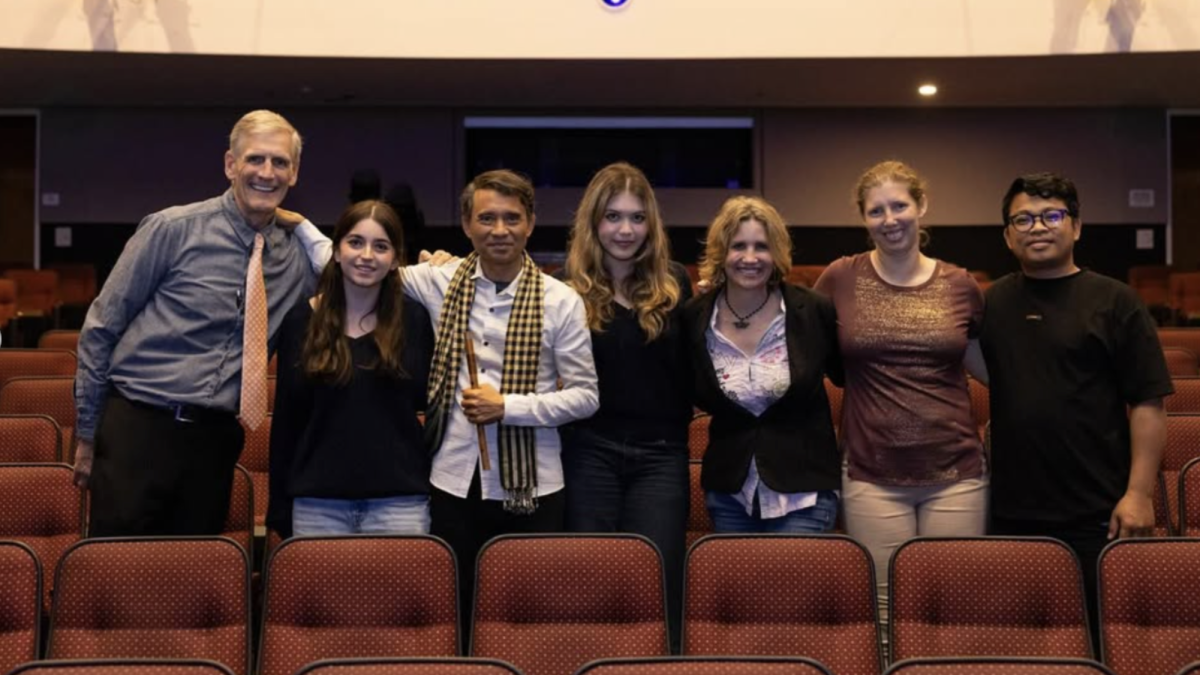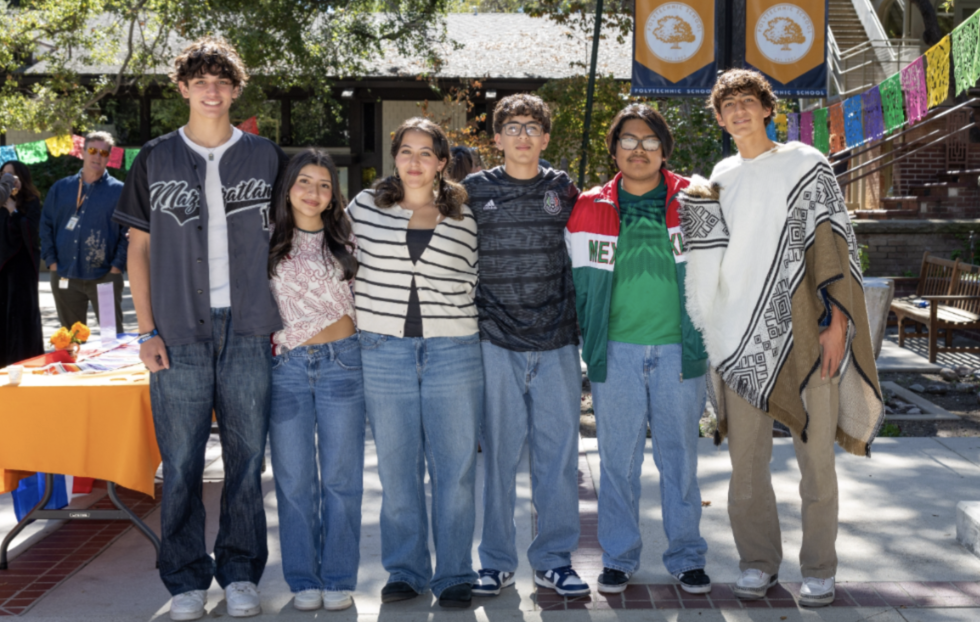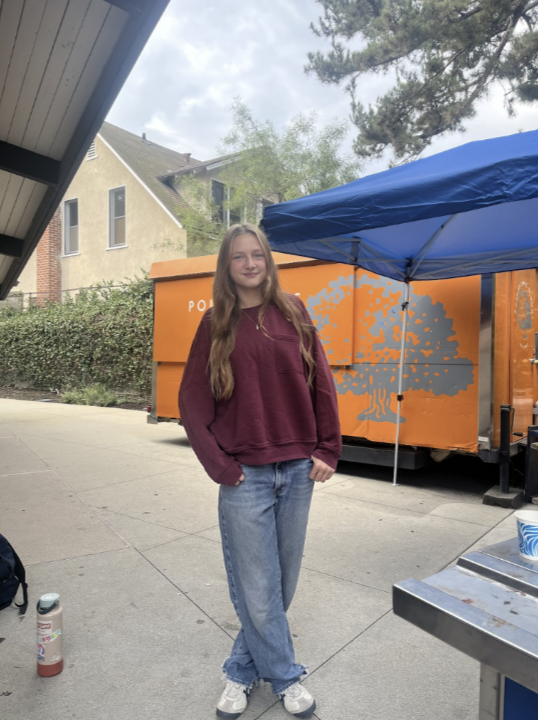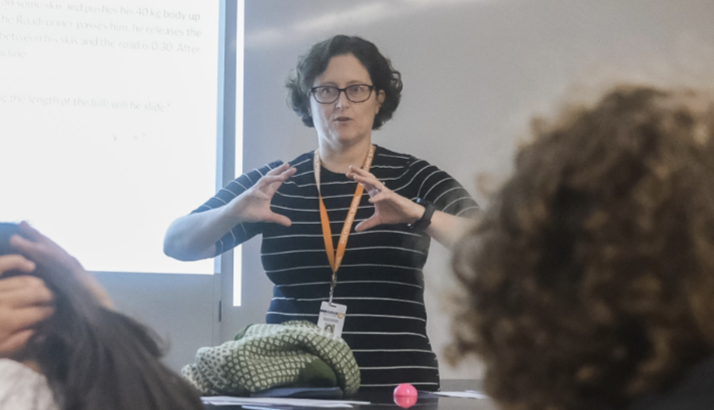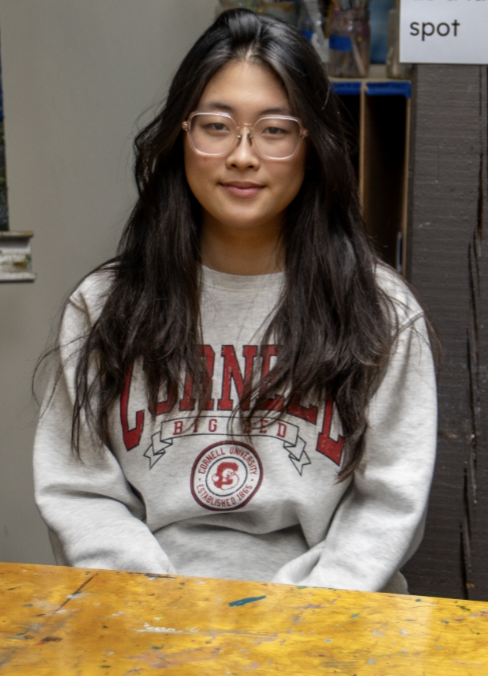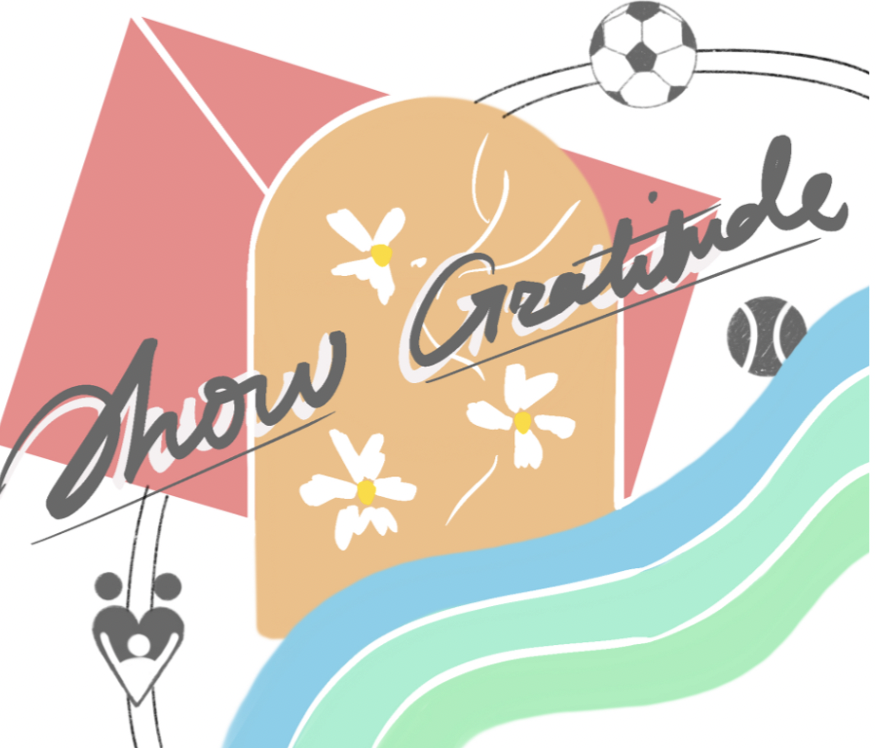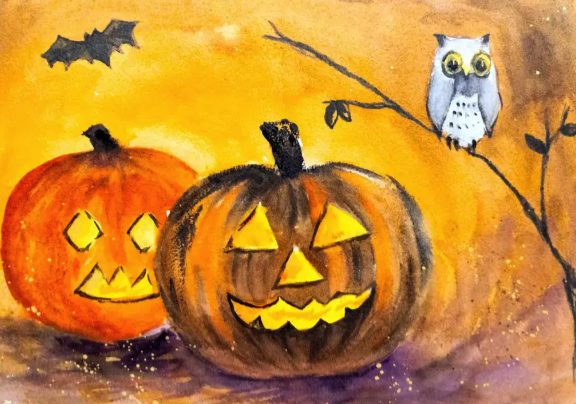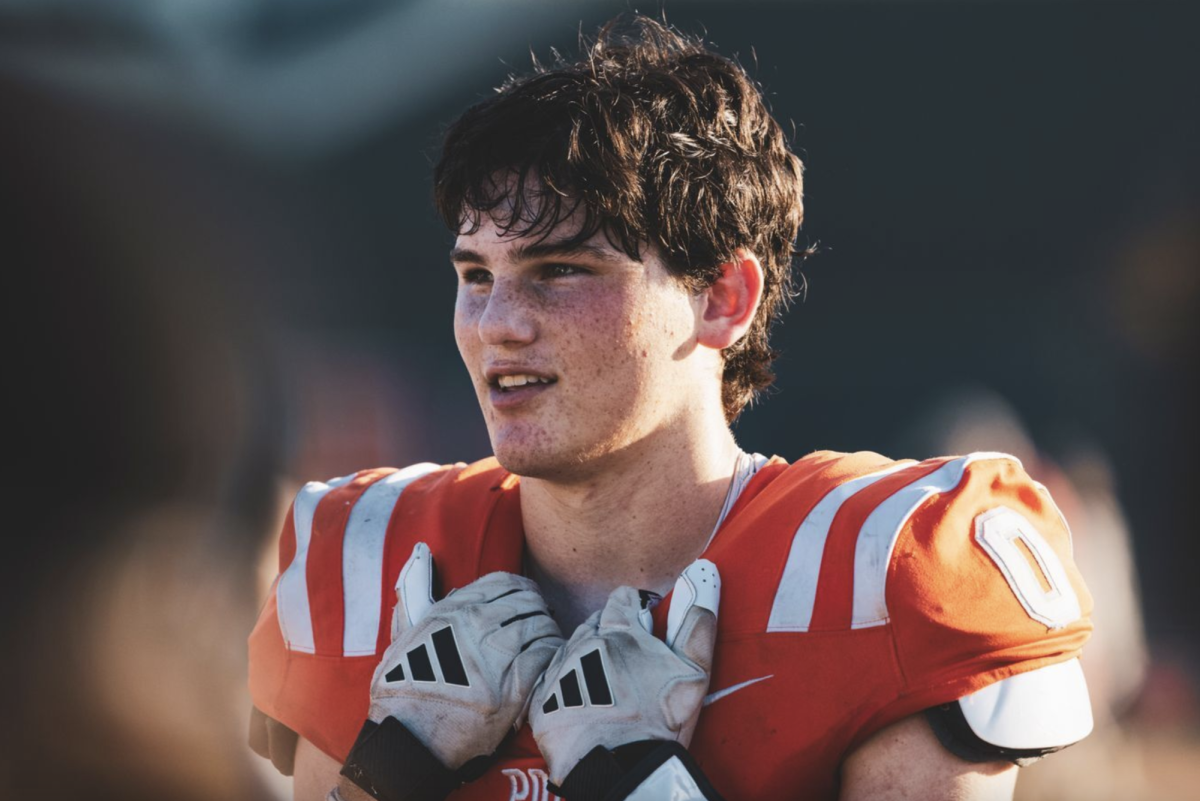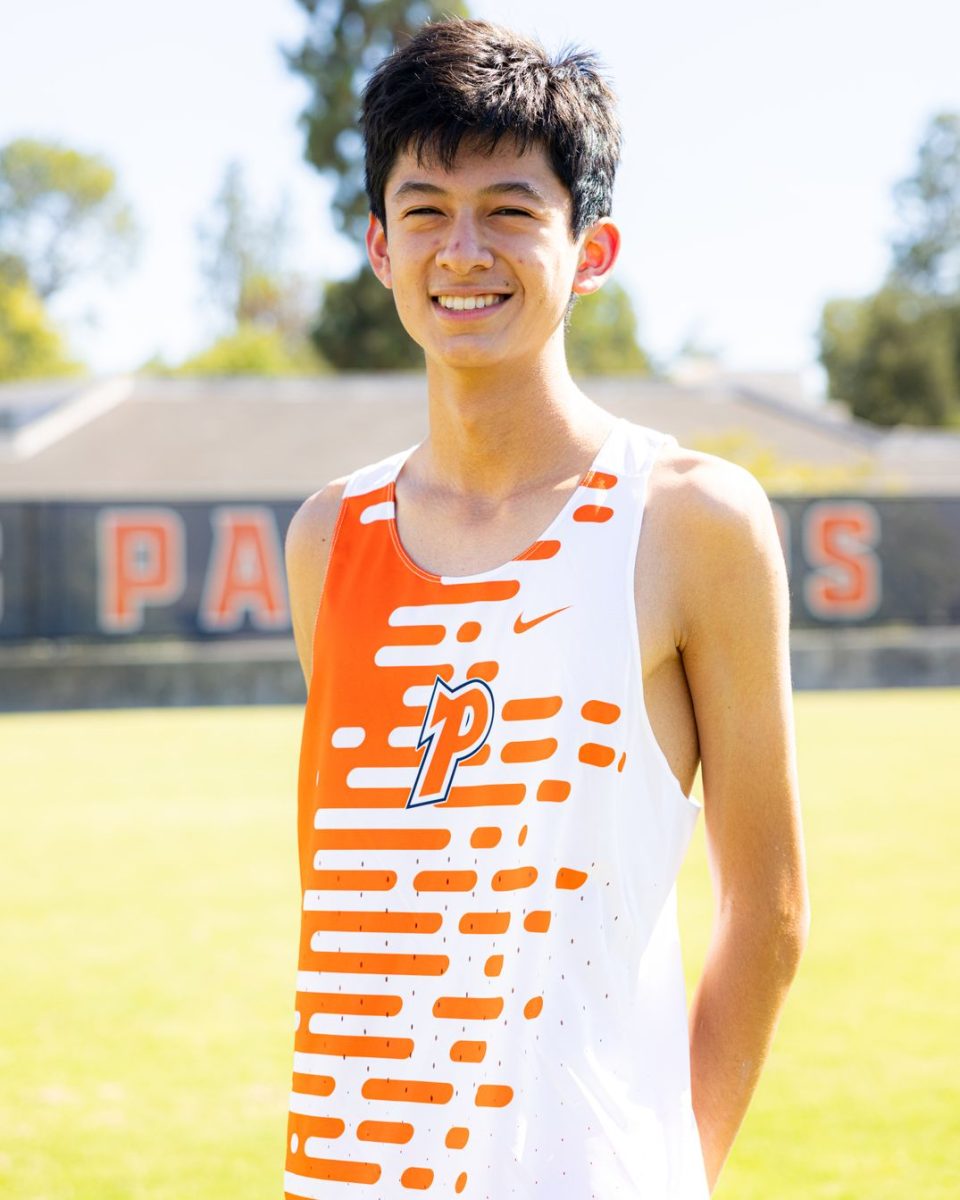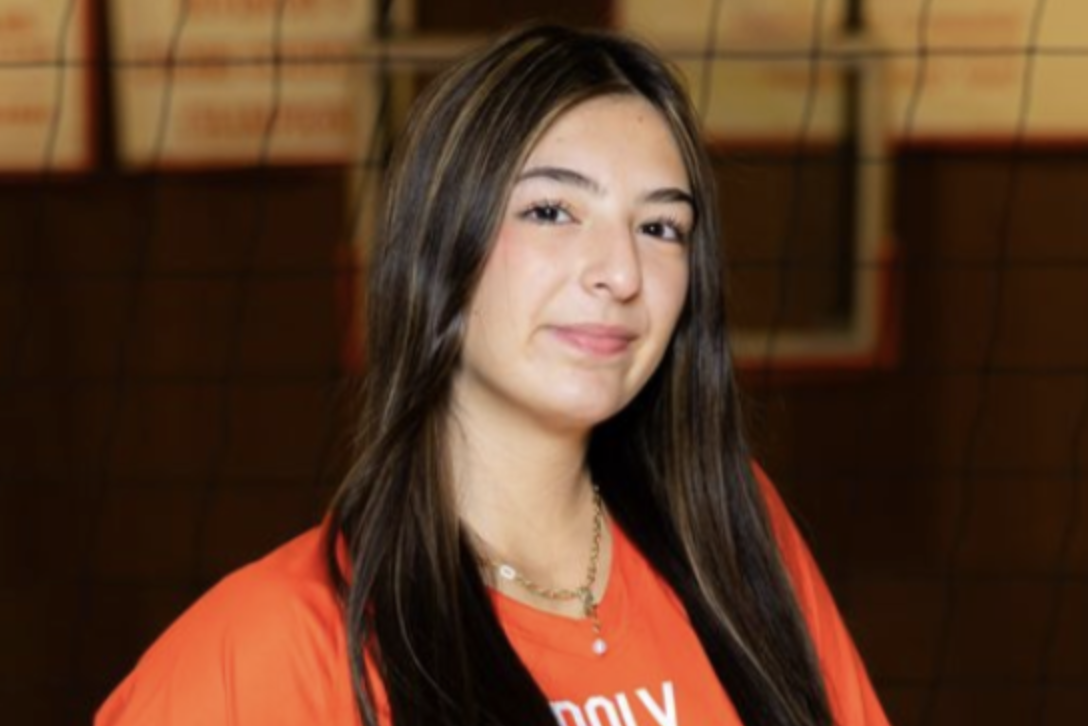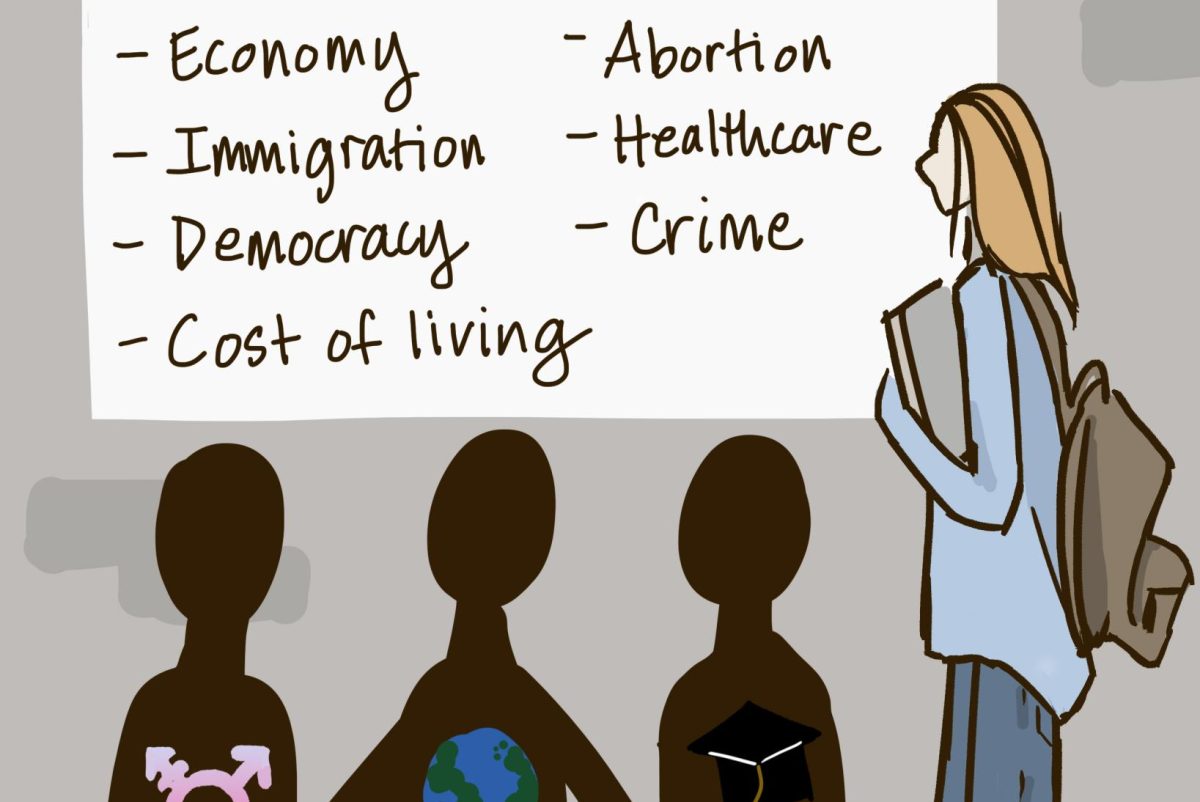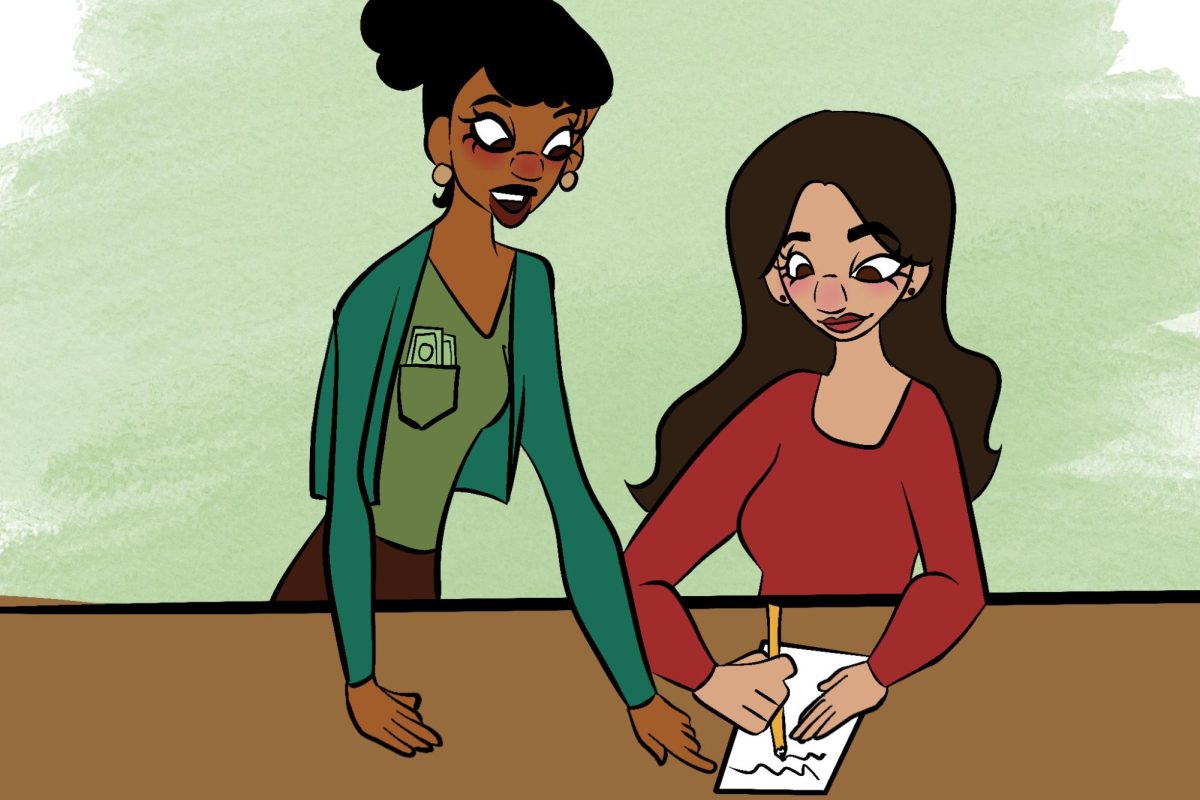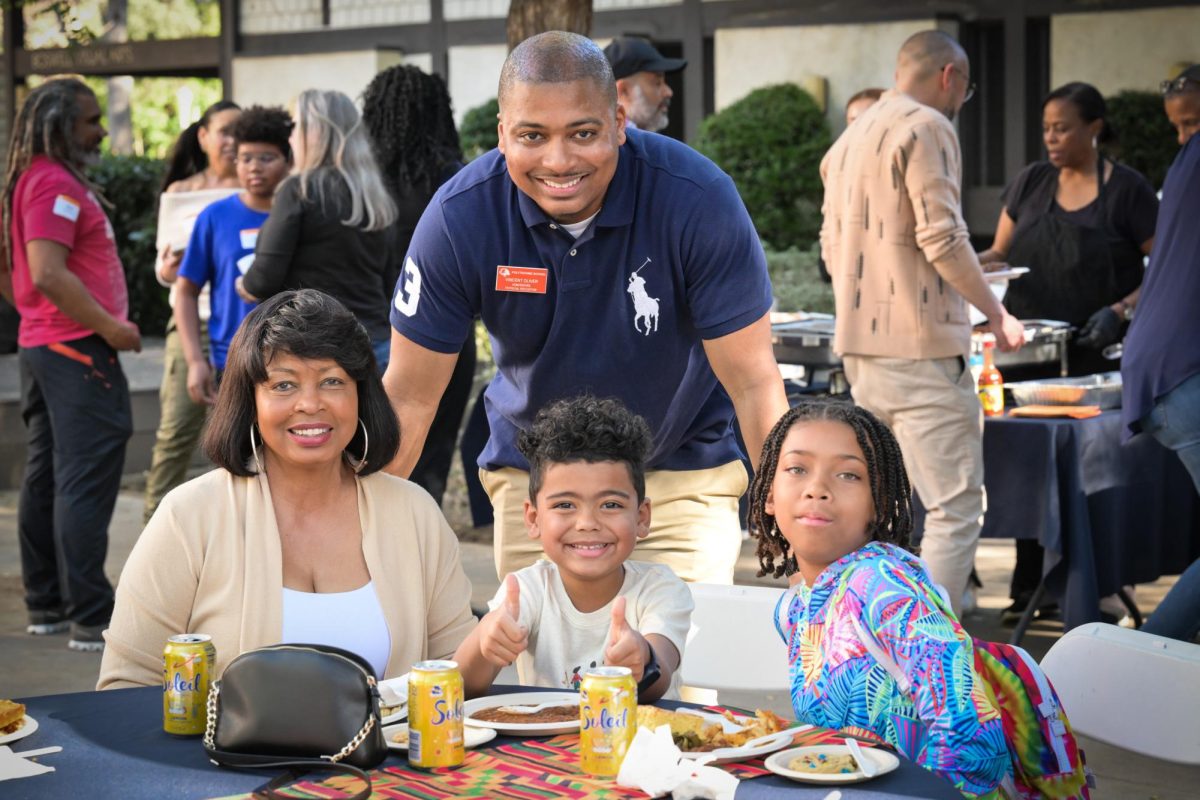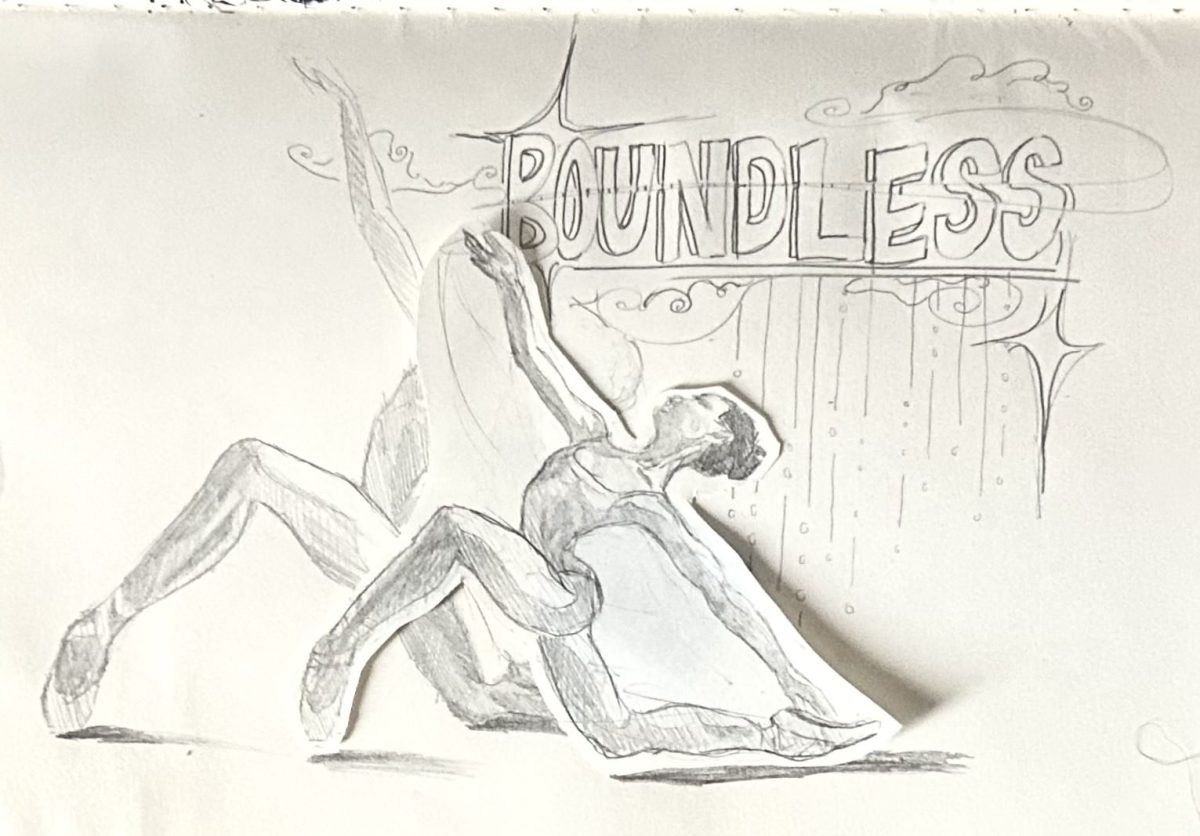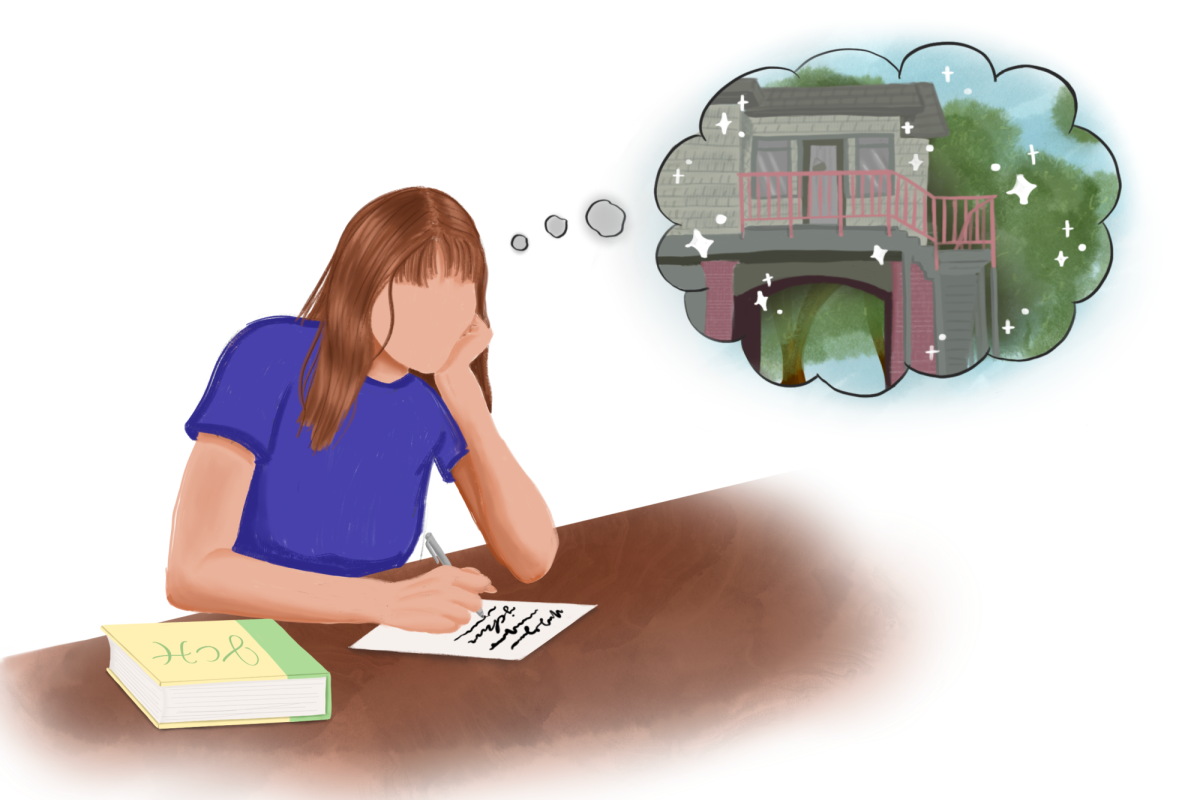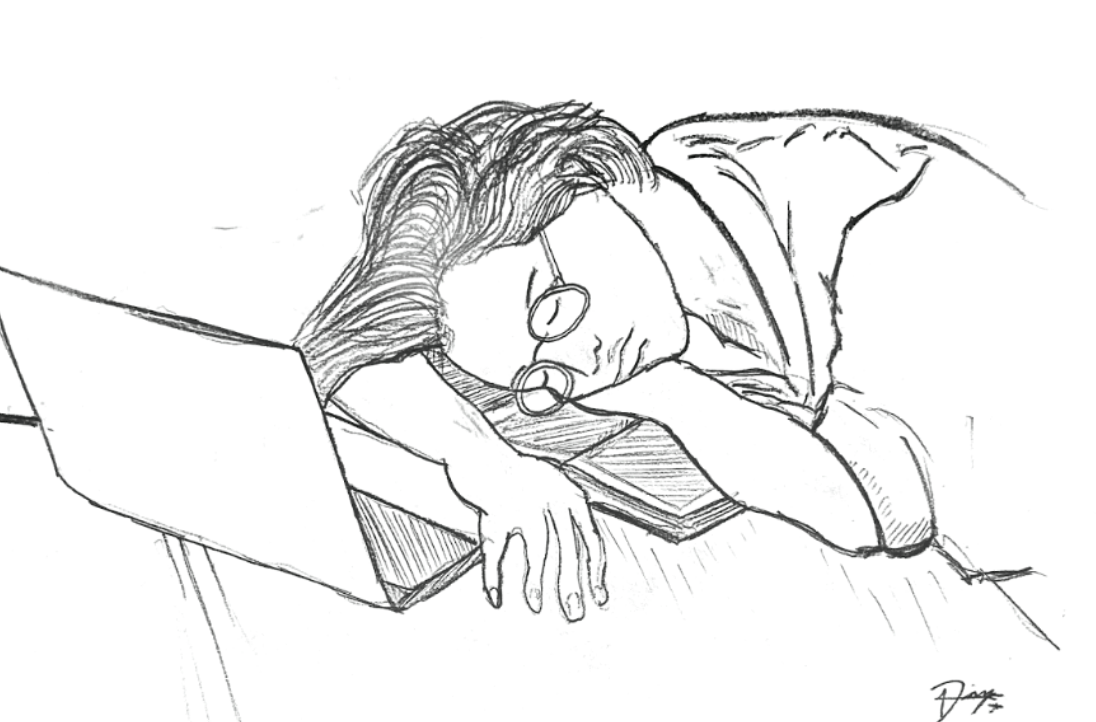It’s safe to say I speak for most people when I say that Halloween used to be one of the most magic-filled nights of the year. As I parse my October 31st memories, I am reminded of the thrill I used to feel racing through my neighborhood with my friends in the dim light exuded by decked-out houses. Although I’m a firm believer that October is one of the best months of the year, the actual day of Halloween fails to reflect the joy evident in the rest of the days in October.
Partially, this is because school doesn’t allow us to enjoy Halloween Day to its fullest extent. Of course, our growing up is partially to blame—the beauty of the Halloweens plucked from our childhoods is amplified by the heavy nostalgia we feel around it and the overall perception of Halloween changes. However, there is one feature that makes this holiday unique, which is that it’s not even treated as a holiday in the first place.
As students, our schedules and schoolwork rarely allow us to enjoy Halloween in its entirety, as it most commonly takes place on a school day. While the biggest preoccupation of our younger selves was how heavy our bag of candy was getting, we now find ourselves pressed for time as we balance homework, studying and still trying to make it to Halloween parties. The thrill of Halloween is increasingly overshadowed by the looming presence of schoolwork, and this is why I strongly urge all Poly teachers to reconsider how they assign schoolwork on Halloween day.
I vividly remember Halloween in sixth grade. After coming home from a long night of trick-or-treating with my friends, a pile of homework and studying awaited me, keeping me up late into the night and relying on candy the next day for energy. My work was rushed with minimal effort, I did poorly on my test and stress overtook the night that I had been anticipating for weeks.
My struggle is not unique. Sophomore Amira Shamsi explained, “Even though I want to get in the Halloween spirit with my friends and family, I feel pressured and trapped by school work and cannot enjoy the holiday due to the burden of school.”
According to research done by the Collage Group–a platform that gathers data on consumer characteristics, interests,and media habits–approximately 84% of teenagers celebrate Halloween, and although it is ultimately our decision on how we spend Halloween night, dressing up and going out with friends is a standard for many teenagers in the area. It is also a great time to deepen our connections with friends and strengthen our community.
Sophomore Keira Kim shared, “Halloween is a holiday where it’s about coming together to do something we all enjoy. It’s nostalgic and a time where we can all have fun together.” Although a test and homework-free day after Halloween may not make sense as a schoolwide policy, teachers should work together to minimize the stress and workload following Halloween Day.
Ultimately, Halloween is more than just a night to party. It’s a chance for students to connect, create memories together and embrace the joy of this anticipatory season. While academics are undeniably important, balancing schoolwork with the celebration of holidays like Halloween is crucial for students’ well-being and sense of community. By acknowledging the pressures that weigh on students during this holiday, teachers can help create an environment where students can enjoy the spirit of Halloween.
Luckily for us, Halloween won’t take place on a school night until 2027, but until then, by opening this conversation with teachers and administrators, we can take steps toward making Halloween a little less stressful for students in the future.



